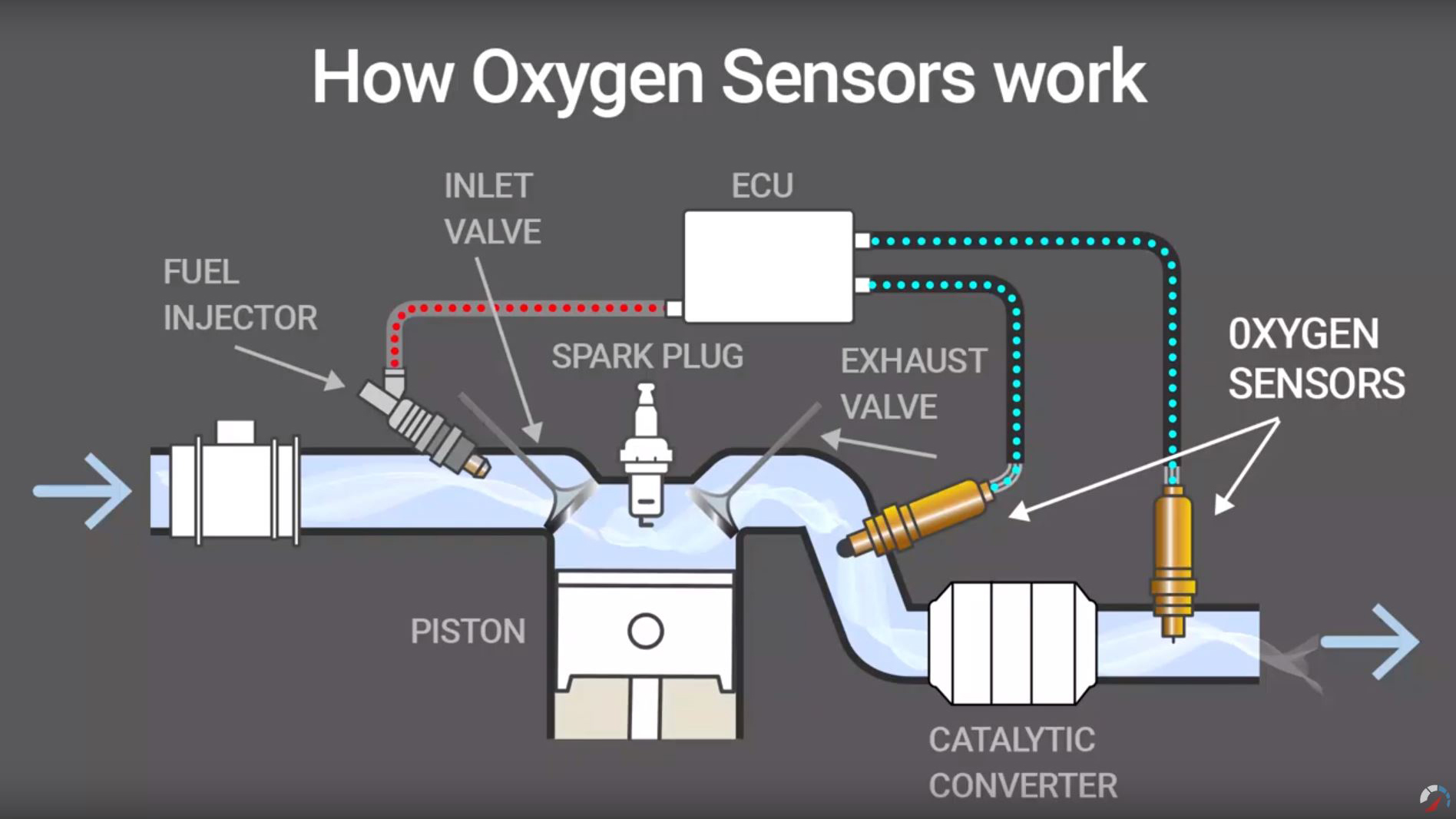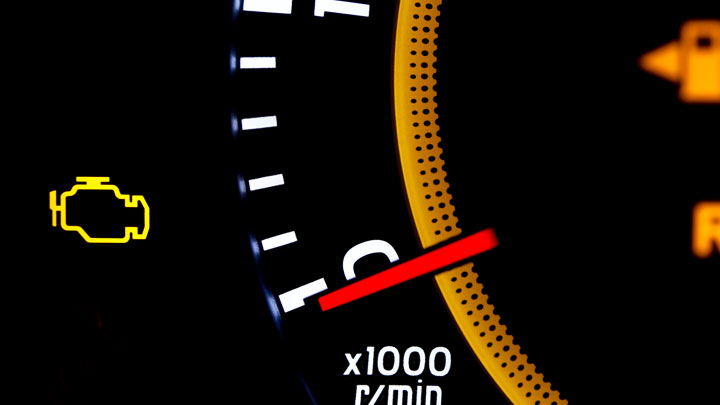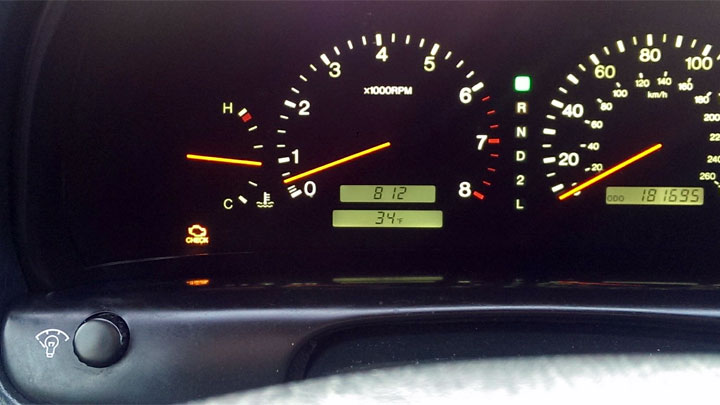5 Symptoms of a Bad Oxygen Sensor (and Replacement Cost)
How an Oxygen Sensor Works
The internal combustion engine of your vehicle will always produce exhaust gases after the air and fuel mixture has ignited in its cylinders. These gases contain a lot of different elements in them, such as carbon and oxygen.

|
| how Oxygen sensor works |
In the exhaust manifold, there is a component called an oxygen sensor that keeps track of the oxygen level in these exhaust gases as they leave the engine. This is oxygen that did not burn during the original air and fuel combustion.
After the oxygen sensor detects the oxygen level, it sends this information back to the engine control module. This, of course, is the central computer that manages all the systems in the vehicle and communicates with a variety of different sensors that are within them.
When the engine control module receives information about the oxygen level in the exhaust gases, it will know if the engine is burning too much fuel or too little fuel.
For instance, if there is more air than fuel in the chamber cylinders, this will cause lean combustion to take place.
The exhaust gases that emit from such combustion will have more oxygen in them. Once the oxygen sensor detects this and transmits the data to the engine control module, then the computer will make the proper adjustments to the timing of the fuel injectors and the operation of the engine.
That way, the air and fuel mixture in the engine will be at its best for combustion purposes.
Top Bad O2 Sensor Symptoms
The oxygen sensor is a vital component of the engine. If anything were to cause the oxygen sensor to malfunction, it could interfere with the entire internal combustion process. Then you could experience all sorts of problems with your engine while driving.
Fortunately, these symptoms are easy enough to recognize so that you will know trouble exists somewhere in your engine or with its corresponding components.
Below are the top 5 symptoms of a bad or worn out O2 sensor. Although it is not common for this sensor to go bad, it could happen if you keep your car for a long time.
Check Engine Light

As mentioned, the oxygen sensor has a powerful influence over the air and fuel combustion process. If the sensor detects there to be less oxygen in the exhaust gases after combustion, the engine control module will try to correct this.
But if the oxygen sensor is not working properly, the engine control module won’t know to correct this problem. As a result, the engine’s performance will be diminished.
The module will then detect that some kind of engine problem is present. This causes the Check Engine warning light to illuminate on the dashboard. Code P0172 is an example code that may indicate an issue with an oxygen sensor.
Bad Fuel Economy

If there is a rich air and fuel mixture in any of the combustion cylinders, this means that more fuel is present than air. This will not be detected by the oxygen sensor if it has gone bad.
Then you’ll have a situation where more fuel is being burned in the engine than needed. The result is a bad fuel economy and more money spent on gas.
Rough Idling

A rough idling engine means your engine does not run steadily when the car is parked or stopped. The normal RPM rate for an idle engine is under 1,000. But if your engine RPM shoots up to 2,000 or 3,000, for instance, then you have a rough idling problem.
This can be a symptom of many kinds of car problems, including a bad oxygen sensor. The engine timing will be more difficult for the engine control module to manage. Then you’ll have combustion intervals which cause misfires.
Weak Engine Performance

Anytime there is interference in the normal combustion process of the engine, you are going to experience a weakened engine performance. This is what will happen when you have a bad oxygen sensor.
You will know this is happening while you’re driving. As you step on the gas pedal, the acceleration will be limited or nonexistent.
Failed Emissions Test

Since the oxygen sensor is located in the manifold of the exhaust system, it is able to assist with emissions control. If you live in a state which requires regular emissions testing, you might discover that you have a bad oxygen sensor if you end up failing the emissions test.
It might not necessarily be linked to the oxygen sensor, but you will find out as soon as a mechanic checks to see why your vehicle failed the test.








Very good explanation
ReplyDelete